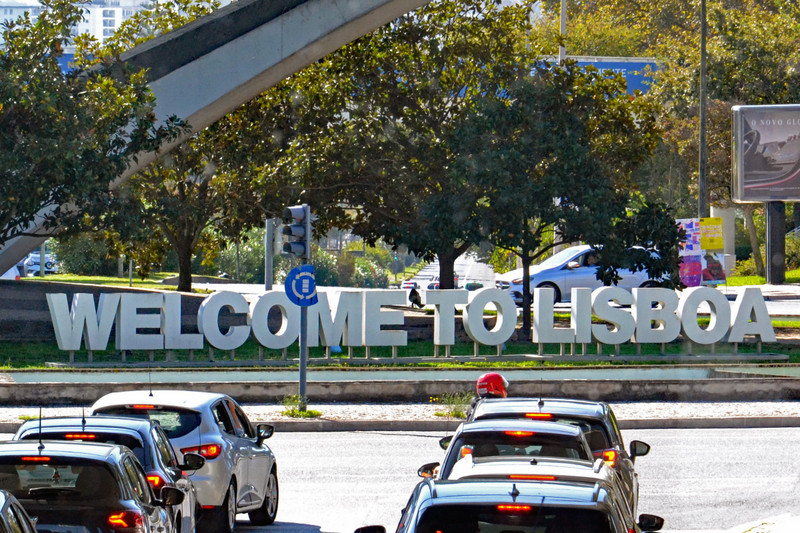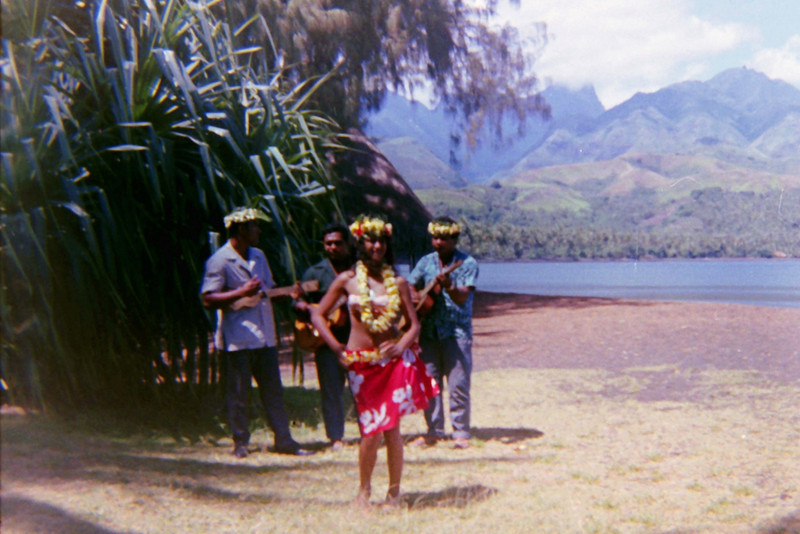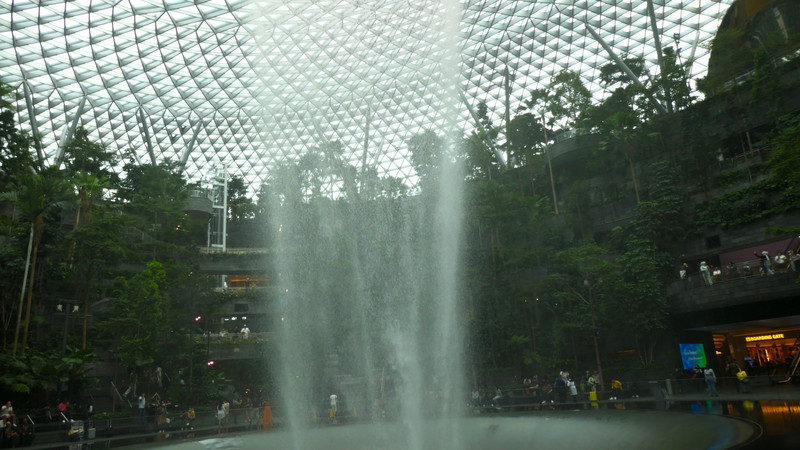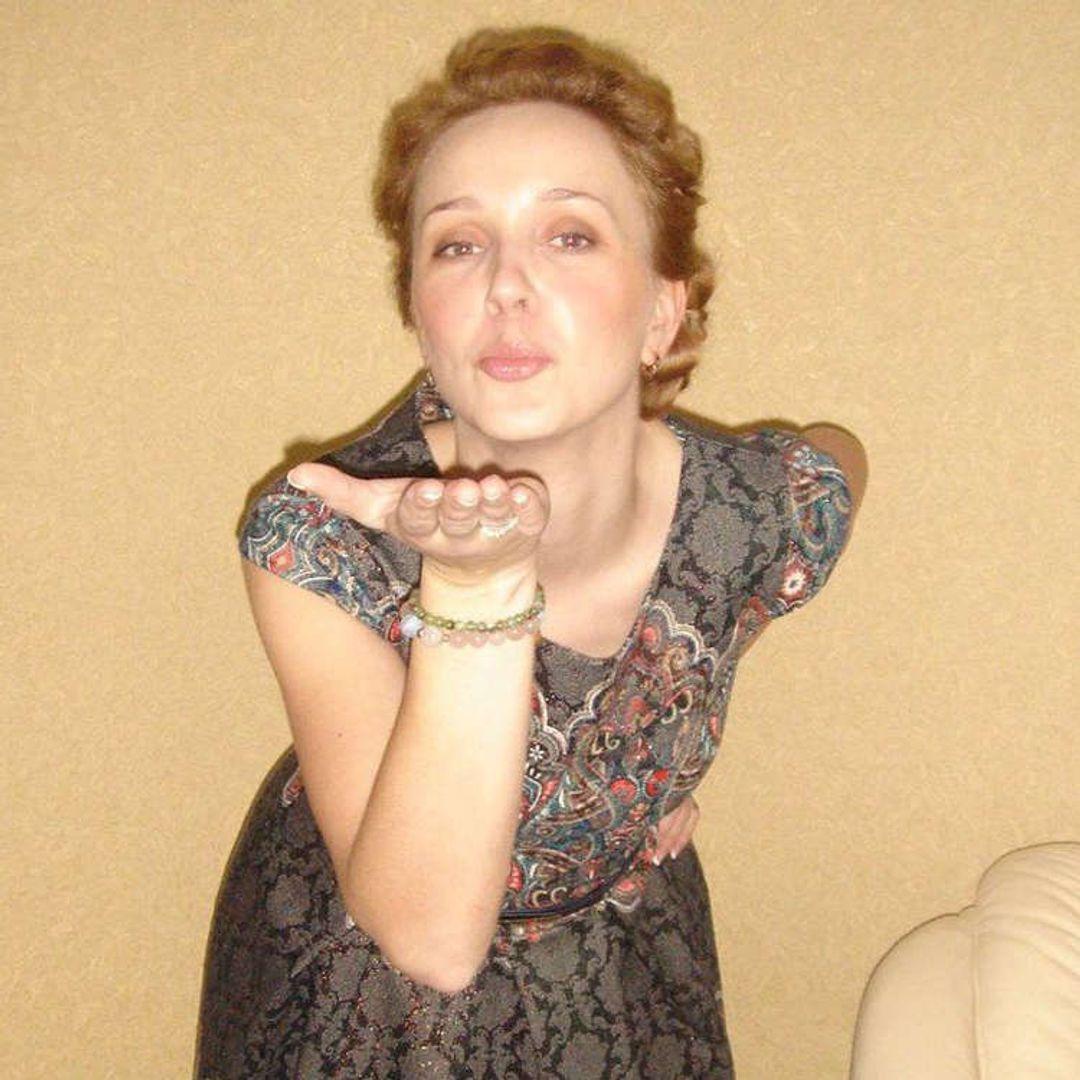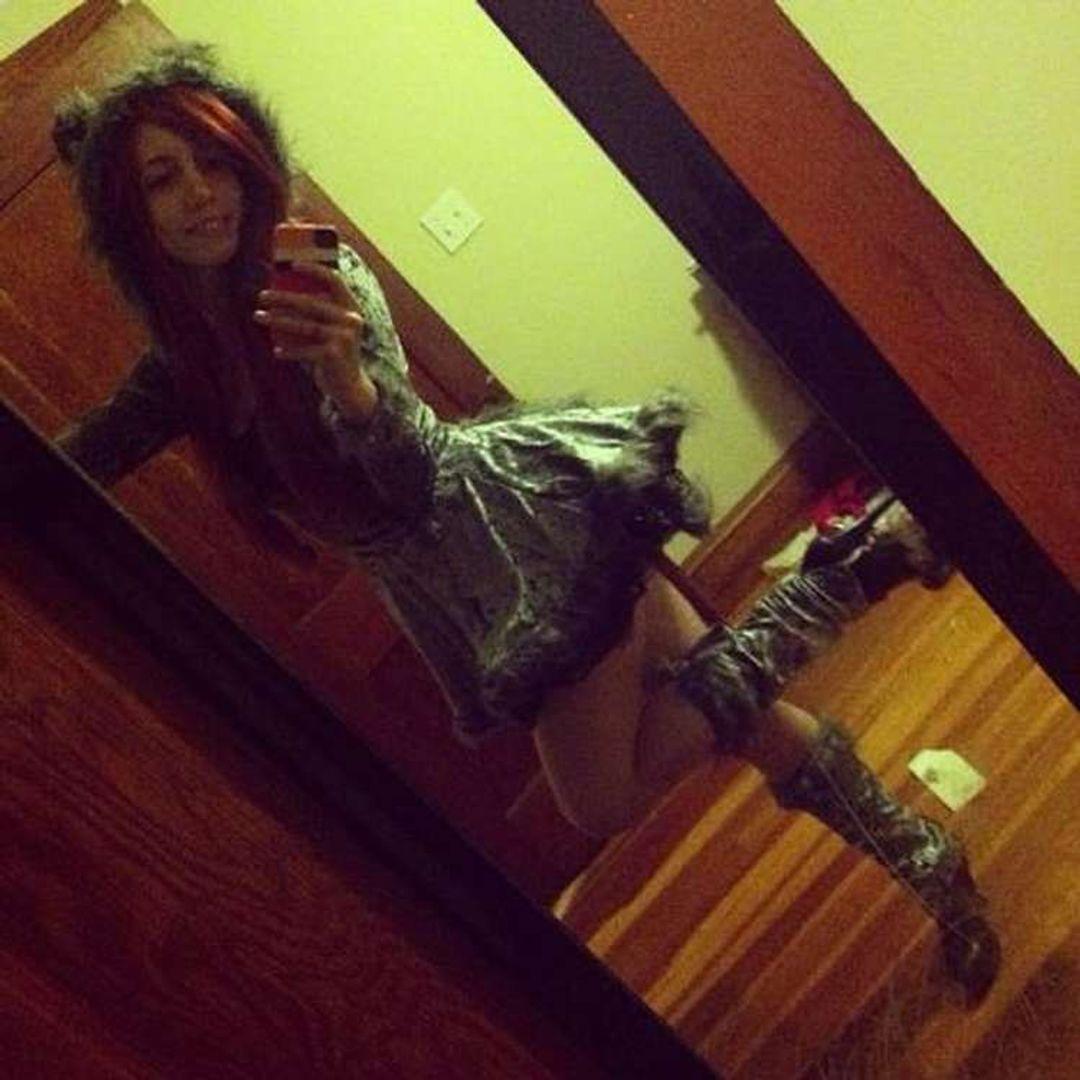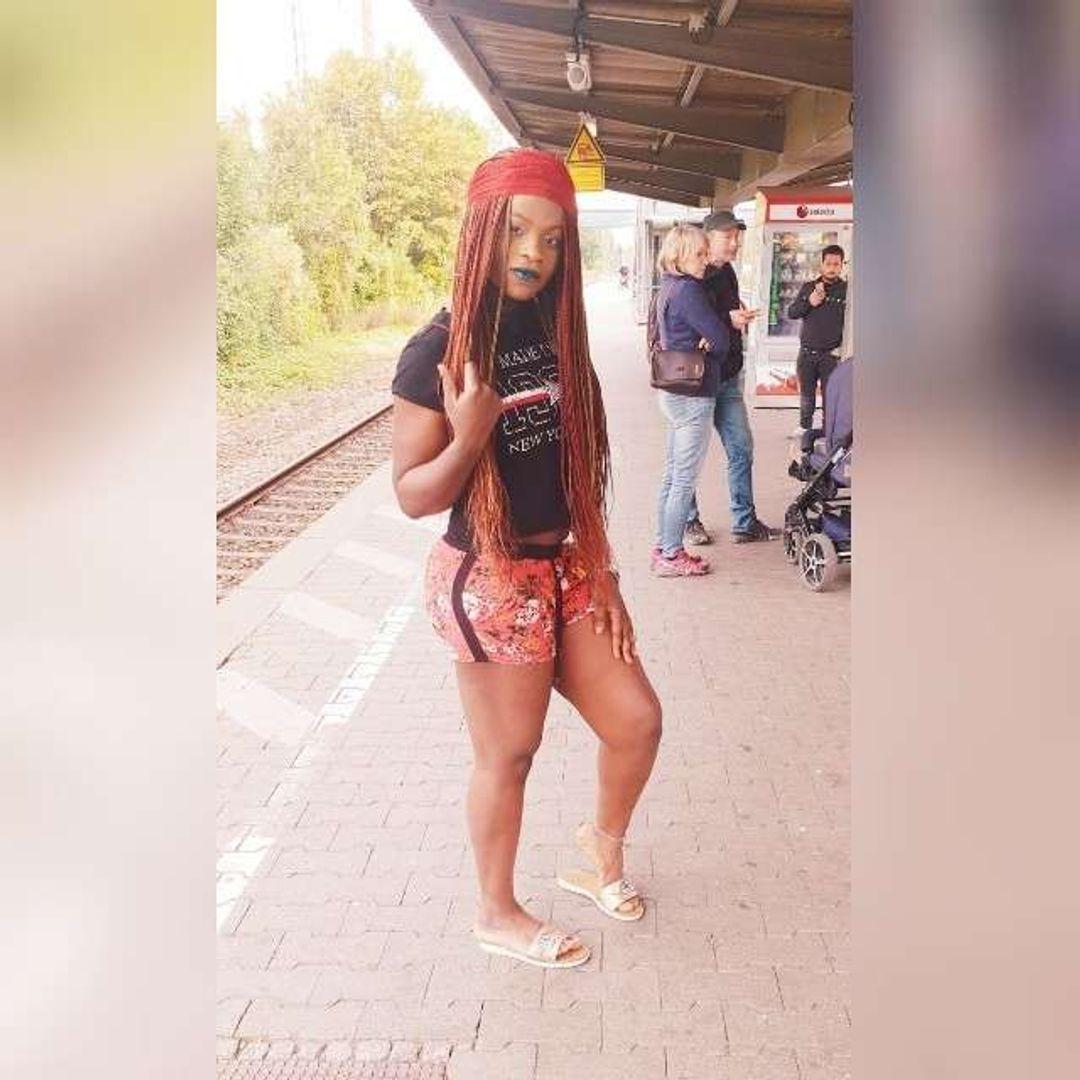The Jewish Quarter is considered to be the inner part of Budapest District 7. It was here that Jewish people started settling down in the late 18th century (the medieval Jewish Quarter the on the Buda side was decimated during the battle between the European allied forces and the Ottomans in 1686.)
Budapests rapid urbanization and economic development at the time presented plenty of business opportunities for Jews, drawing them in increasing numbers. They, in turn, further contributed to the citys progress.
By 1867, around the same time as in Western Europe, Jews in Hungary gained full civil rights. As a result, the Jewish population continued to rise and by 1910, more than 23 percent of Budapests population was Jewish. The Jewish Quarter became a buzzing neighborhood, teeming with retail stores, kosher restaurants, and three synagogues near one another.
The mutually beneficial relationship between Budapest Jews began to deteriorate after WWI and culminated in the tragic events of the Holocaust — in the winter of 1944, Nazis and Hungarian fascists turned the Jewish Quarter into a ghetto where thousands died of famine and starvation.
The Jewish Quarter declined during era as residents moved out en masse or fled from Hungary altogether. Today, fewer Jewish people live here and most, but not all, signs of Jewish life have disappeared. The densely built streets and three beautiful synagogues, known as the synagogue triangle, still stand as a reminder of the past.
Unfortunately, the Jewish Quarter is a victim of its own success. Skyrocketing tourism is driving the prices up and the local residents away.
Travelmates near

